History
A World’s Fair Could Be Just What We Need
Sixty years have passed since the opening of the 1964-1965 New York World’s Fair, the last of the grand-tradition expositions in the U.S. There were other world fairs that followed — the last one on U.S. soil came with the Louisiana World Exposition in 1984 — but none would compare in size or scope to the one in Flushing, Queens. For those who were lucky enough to attend, the New York fair was a magical fantasy world brought to life.
It may be time to resurrect that dreamworld. In fact, the history of world’s fairs indicates that it could be a cure for what ails the U.S. in 2024. The 1964-1965 Fair came at a tumultuous time — mere months after the assassination of President John F. Kennedy, amid a fraught period in the Cold War, with the Vietnam War growing and Civil Rights tensions roiling the country. All of this upheaval left Americans anxious and fearful. Yet, for attendees, the Fair suspended all these troubles, filling them with a buoyant sense of optimism and excitement for the future.
Once again in 2024, U.S. society is deeply fractured and many Americans fear for the future thanks to growing geopolitical conflicts, political polarization, climate change, the rising specter of authoritarianism, and the proliferation of AI. An epic world’s fair — an event that, historically, has provided visitors with a glimpse of a glorious future — could offer an antidote, or at least a balm, for this cultural storm.
Beginning with London’s Crystal Palace in 1851, world’s fairs became the venue for displaying the future of industry, Technology, art, and design. Philadelphia’s 1876 Centennial Exhibition, for example, introduced the telephone. In 1893 Nikola Tesla and Westinghouse’s alternating current powered Chicago’s World Columbian Exposition leading to the use of electricity in homes and Businesses. This advance catapulted the country into modernity. As President William McKinley presciently remarked in 1901, “Expositions are the time-keepers of progress.”
Read More: New Data Shows a Global Surge in Searches Related to 'Climate Anxiety'
Even in bad times, world’s fairs boosted morale and generated jobs. In fact, especially in times of difficulty, the fair mattered. Two of the most popular world’s fairs, Chicago’s 1933-1934 Century of Progress and New York’s 1939 World of Tomorrow, took place during the Great Depression. They presented a utopian future, an escape from a collapsed economy and a looming war in Europe.
The U.S. also found powerful meaning — and important lessons about global competition — in world’s fairs hosted abroad. The 1958 Brussels Expo had been a massive propaganda coup for the Soviet Union. Their exhibition made the biggest splash thanks to a $50 million expenditure — more than four times what Congress allocated for the U.S. exhibition. The Soviet pavilion showcased the USSR’s advances in space exploration with a model of the first earth-orbiting satellite, Sputnik I, along with a display of heavy machinery and electronic technology. Locked in a Cold War with the U.S., the Soviets fired some of their most powerful culture weapons in Brussels at that year’s fair.
By contrast, the U.S. pavilion lacked any commercial or industrial displays but rather focused on the broad sweep of American life at work and play. One of the main attractions was the Circarama, a 12-minute Walt Disney film. At a different time and place perhaps, the “soft sell,” as TIME magazine described it, would have been entirely appropriate. But compared to the Soviets’ top-gun display, the pavilion was criticized as “bewildering” and an embarrassment to the Eisenhower administration.
That raised the stakes for the 1964-1965 New York fair — as Robert Moses, its indefatigable organizer well knew. His task became more difficult after he referred to the Bureau of International Expositions (BIE), the intergovernmental organization in charge of overseeing and regulating World Expos, as “three little men in a cheap hotel room in Paris.” They, in turn, refused to sanction the fair and requested that the BIE's member nations not participate.
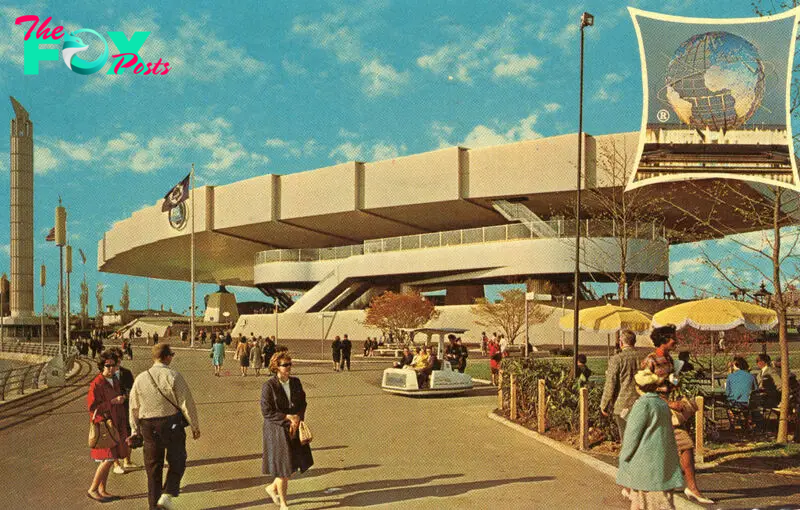
Moses overcame this edict by recruiting countries that had been excluded from previous fairs, particularly, newly independent African nations. He even tried to ensure Soviet and Eastern European participation, but ultimately the Soviets rejected State Department demands and backed out.
Fair attendees experienced Michelangelo’s Pieta, Walt Disney’s animatronics, and NASA’s latest space rockets and satellites. One could tour an “atomitat,” short for atomic habitat, an underground house to ease fears of a nuclear war. American manufacturers also displayed their cutting-edge technologies with new product lines. IBM unveiled the new “business machine” computer, ushering in the new digital era, and AT&T displayed its new Picturephone, the first time one could see the person at the other end.
Fairgoers witnessed cutting edge product designs, including the official debut of Ford’s Mustang — which quickly became a pop-culture sensation. The fair also featured exciting new trends in architectural design, as exhibitors competed for foot traffic with innovative and inviting pavilions. Visitors to the fair were astounded, for example, by IBM’s ovoid-shaped pavilion, designed by mid-century innovators Eero Saarinen and Charles Eames.
Exhibitors also recognized this singular opportunity to expand their presence and increase demand for their products. Walt Disney and his team designed attractions for four pavilions and used the fair as a testing platform for their future Epcot Center, a type of mini world’s fair. With a veneer of Entertainment, IBM sought to educate and raise the public’s comfort level with Technology and demonstrate how the computer could be a force for positive change. NASA’s Space Park confirmed a narrative of progress previewing a full-size model of the Apollo spacecraft that would head to the moon three years later.
The fair left many feeling like a visit to an awe-inspiring future was only a subway ride away. It was so magical that one fairgoer, Eva Holzapfel of Huntington Station, Long Island, saved up to visit the fair every weekend. Another youngster, upset his parents wouldn’t take him to the fair, managed to sneak in and stayed for 11 days, living off coins he picked up from the fountains before the police finally caught up with him. Lily DuChupa, a fair employee, prayed that Moses would extend the fair’s run, mourning its end.
What made this fair so special was that prosperity was no longer in the distant future — it was here. New consumer technologies, such as the microwave and color television promised more leisure and an improved lifestyle. Presentations of lunar vehicles and defense satellites gave assurance that Americans would be first to walk on the moon and that the Cold War would be won.
Read More: Don't Ignore Your Climate Anxiety
The New York fair wouldn’t be the last one in the U.S., but it would prove to be the last of its kind. One big barrier to staging similar exhibits has been cost. The 1964-1965 Fair didn't turn a profit (fairs rarely do). It did produce millions of dollars in new infrastructure and tourism revenue for the city, but that wasn’t enough for the federal government to justify subsidizing the costly participation in future fairs like it. Maybe more importantly, the rise of the internet in the 1990s, which brought the world into living rooms, replaced much of what many thought was the fair’s raison d’être – a new way to embrace the world with easy access and exchange of information.
But these judgements ignore something fundamental revealed in Flushing, Queens, 60 years ago. A uniting event on American turf can be an overwhelmingly positive experience and shape perspectives for an entire generation. Critics claimed that the fair did nothing to solve societal problems — a visit was nothing more than an escape from reality. To the many young Baby Boomers who visited the 1964-1965 fair, however, they gained a memory that lasted their entire lives. In his study of the fair, Samuel Lawrence wrote “time spent at the Fair left a lasting impression that shaped our careers and lives.”

And that impression is exactly what Americans need in 2024. According to the U.S. Census Bureau’s Household Pulse Survey, about a third of adults overall reported anxiety and depression symptoms in 2023. In an era where the U.S. is deeply fractured and many worry about the future, a world fair could be an antidote. Fairs offer an assurance that technology and innovation will soon offer a better life. As Ilene Sheppard writes, they are also “cultural common denominators that cut across social and class distinctions,” revealing shared aspirations. Additionally, fairs celebrate what’s worthy in the American way of life. As filmmaker Mina Chow argues in Face of a Nation: What Happened to the World’s Fair?, we’re missing opportunities to tell our “best story.”
More than a century ago, President McKinley explained that world’s fairs stimulate “energy, enterprise, and intellect of the people and quicken human genius. The 1964-1965 New York World’s Fair epitomized that. It’s time for another world’s fair to spur on a fresh wave of innovation and herald a new era of confidence in the 21st century.
Ruth D. Nelson teaches art history at College of DuPage. Her latest book, Our Lady of the World's Fair (Cornell University Press), will be available this September.
Made by History takes readers beyond the headlines with articles written and edited by professional historians. Learn more about Made by History at TIME here. Opinions expressed do not necessarily reflect the views of TIME editors.
-

 History1d ago
History1d agoHow Celebrities Changed America’s Postpartum Depression Narrative
-
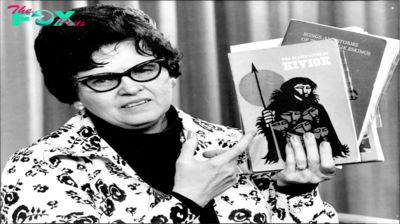
 History2d ago
History2d agoThe Woman Whose Crusade Gave Today’s Book-Banning Moms a Blueprint
-
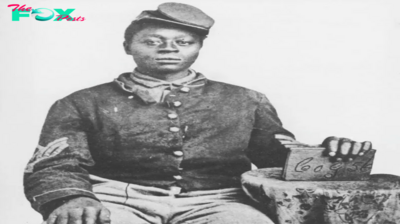
 History6d ago
History6d agoHow Black Civil War Patriots Should Be Remembered This Veterans Day
-
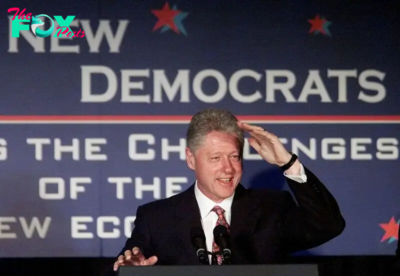
 History1w ago
History1w agoThe Democratic Party Realignment That Empowered Trump
-
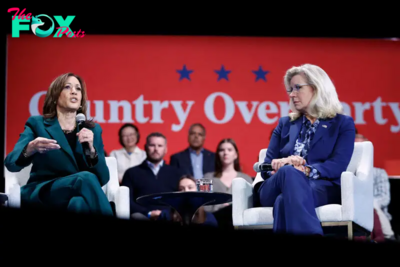
 History1w ago
History1w agoWhy People Should Stop Comparing the U.S. to Weimar Germany
-
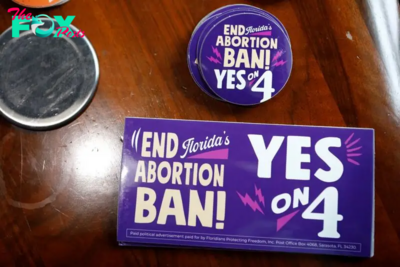
 History1w ago
History1w agoFlorida’s History Shows That Crossing Voters on Abortion Has Consequences
-
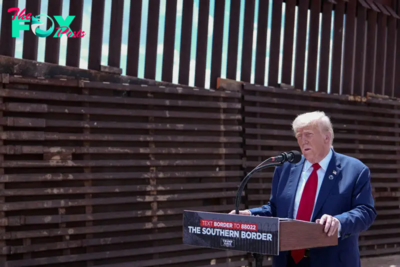
 History1w ago
History1w agoThe 1994 Campaign that Anticipated Trump’s Immigration Stance
-
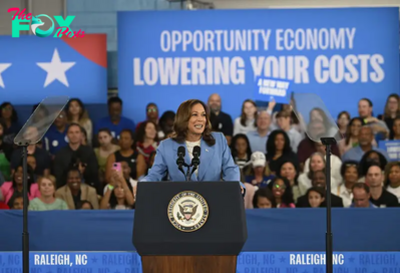
 History1w ago
History1w agoThe Kamala Harris ‘Opportunity Agenda for Black Men’ Might Be Good Politics, But History Reveals It Has Flaws

















